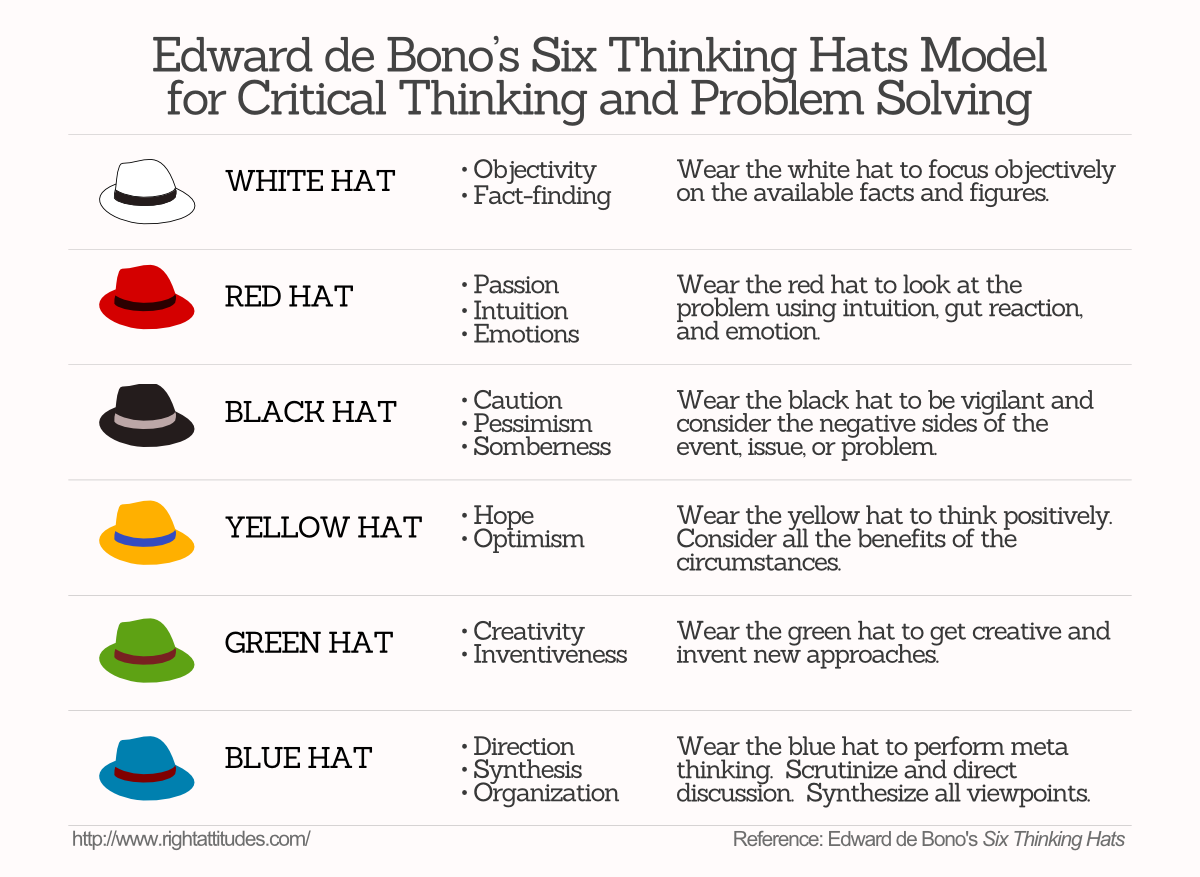Anger is often nothing more than an intense emotion caused by an apparent injustice. The destructive outcomes of anger are well known. When even a slight annoyance arises, it is capable of growing quickly and overwhelming your state of mind.
Anger results in (1) a loss of perspective and judgement, (2) impulsive and irrational behavior that is destructive to both yourself and others, and (3) loss of face, compassion, and social credibility.
Anger is often pointless, as the following Buddhist parable will illustrate.
Often, there’s no one to blame
Once upon a time, a farmer was paddling his boat upstream to deliver his produce to a distant village. It was a sultry day, so he was covered in sweat. He was in a great hurry to reach the village market.
Further on upstream, the farmer spotted another boat rapidly moving downstream toward his vessel. It looked as though this boat was going to hit him. In response, he paddled feverishly to move out of the way, but it didn’t seem to help. He yelled, “Hey, watch out!” The other boat seemed to approach him swiftly. The farmer shouted, “Hey, you’re going to hit me! Adjust your direction.” He got no response and continued to yell in vain.
As a last resort, the farmer stood up angrily waving his arms and shaking his fist. The other boat smashed right into him. He was hopping mad and cried out, “You imbecile! How could you hit my boat in the middle of this wide river? Couldn’t you hear me asking you to get out of my way? What is wrong with you?”
Then, all of a sudden, the farmer realized that the boat was empty; it had perhaps cut loose of its moorings and floated downstream with the current. He calmed down and realized that there was no one to blame but an empty boat and the river. His anger was purposeless.
Anger depletes energy and leads to loss of perspective and judgement
When you lose your inner peace, you expect that your anger can help you get even with the offending person or amend the vexing circumstances. However, responding with anger is illogical. The offending deed has already occurred, a fact your anger fails to negate. Also, your anger cannot thwart or diminish the perceived wrong.
In the New Testament, Ephesians 4:26–27 advise, “In your anger do not sin. Do not let the sun go down while you are still angry, and do not give the devil a foothold.”
Free yourself from anger
There is no benefit to anger at all. All anger can beget is negative energy, which can aggravate an already volatile situation. Anger can also impede sound judgement and inhibit your ability to consider the negative consequences of your abrupt reactions.
The next time you’re angry, consider the following response:
- Stop. Don’t respond immediately. Walk away from the situation that has instigated your anger.
- Breathe deeply. Become fully aware of your state of mind. Assess what’s going on.
- Calm down and compose yourself. Invoke mindfulness to appeal to your wisdom. Anger and other emotional arousals often stem from a lack of self-awareness or mindlessness, and can simmer down if you just wait long enough.
- Consider the matter from other points of view. Ask if there could be other possible explanations for what happened.
- Identify the reasons for your anger by asking three questions: (1) “Is this matter serious enough to get worked up about?” (2) “Is my anger necessary and warranted?” (3) “Will getting angry make a difference?”
- Reflect about what response will be most effective. Try to develop a wise and measured course of action.
Idea for Impact: A low-anger life is a happier life
Patience is the definitive antidote to anger and aggression. With patience, you may not always be able to eliminate anger, but you can usually control it. Patience can build and fortify your intellectual and psychological resources.
As Proverbs 19:11 tells in the Hebrew Bible, “A person’s wisdom yields patience; it is to one’s glory to overlook an offense.” Ultimately, developing greater patience enhances your romantic, personal, professional, and casual relationships—as well as that all-important relationship: the one you have with yourself.
.jpg)

.jpg)
.jpg)
.jpg)
.jpg)
.jpg)

.jpg)